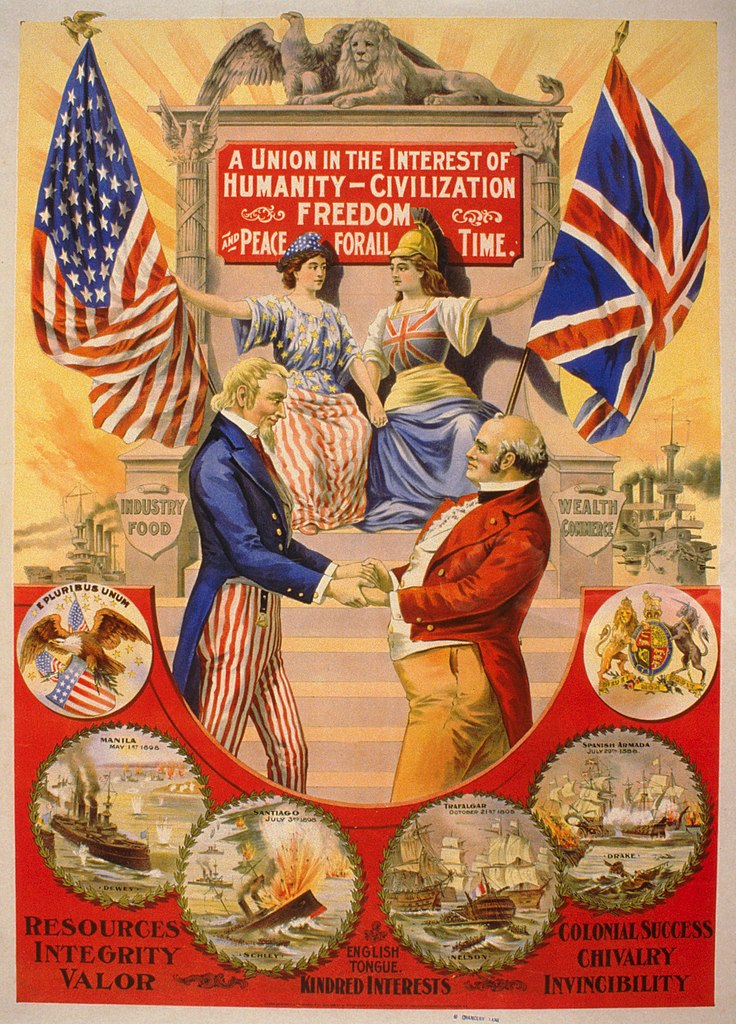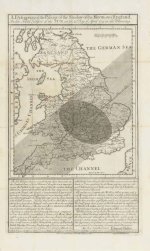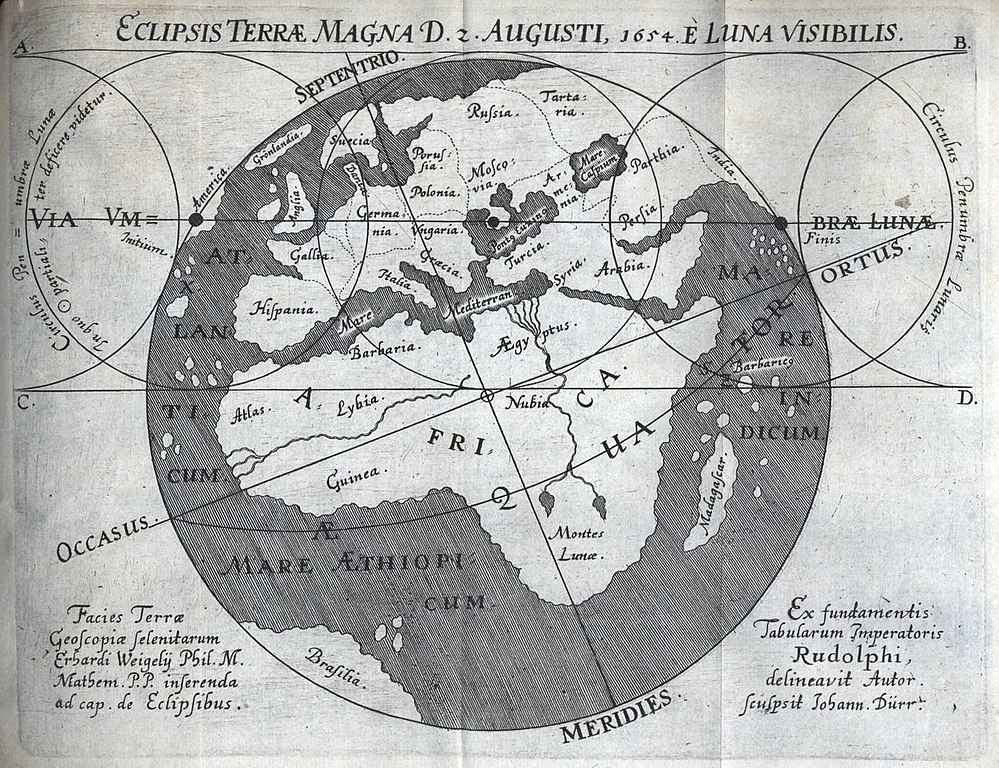LSCatilina
Never Forget Avaricon
- Location
- Teuta Albigas - Rutenoi - Keltika
- Pronouns
- ēs/xsi
I wonder if Turkey got extra rays at its flags to hammer the idea it wasn't socialist?I see the Kingdom States of Britamerica is coming at Turkey.
I wonder if Turkey got extra rays at its flags to hammer the idea it wasn't socialist?I see the Kingdom States of Britamerica is coming at Turkey.
Speaking of which, here's an old classic:I see the Kingdom States of Britamerica is coming at Turkey.




John Bull and Uncle Sam look very happy to be newly wed. Columbia and Brittannia look rather less certain about the whole thing.Speaking of which, here's an old classic:

There's also the the time in the early 1840s I think when a US Navy ship landed in Monterey, California, under the mistaken apprehension that the US and Mexico were already at war; word of the error made its way to the commander (I think it was Richard Stockton), upon which he meekly returned to his ship and left.And then there are the comedy fiascos that would be implausible in fiction.
For example: 8 September, 1923. Off the coast of California.
A flotilla of seven US destroyers were steaming in line ahead in fog off the coast of California. The commanders had ascertained their position as being well out to sea, some 8 miles off the coast.
Unfortunately, they were about 8 miles closer to the coast than they thought, and the watchkeepers were - lax.
The lead ship, Delphy, hit rocks when travelling at full speed. Her propellor, still revolving, struck the next in line, Young, which hadn't noticed the abrupt stopping of the Delphy, and Young capsized. Next, Chauncey, collided with the wreckage of the two ahead and sank. The next four ships altered course to avoid the pile up. Unfortunately, they altered course towards rather than away from shore, and all four struck reefs at full speed. All seven destroyers were now total wrecks.
Try writing that Keystone Kop accident up happening and see how much you get laughed at.
Maoist Hong-Kong?
Sesame oil, cabbage hearts,
If you want to eat string beans, break off the tips,
Get really lovesick if I don't see you for three days,
Hu-er-hei-yo,
Oh dear, my third brother.
Incidentally, for some reason, most of Maoist songs in French were made by Canadians. I was pretty sure they did a translation of the East is Red and I could swear I half-remember the first strophe, but I simply can't see to find it at all.It would have been fun if they'd stuck with the original lyrics.
